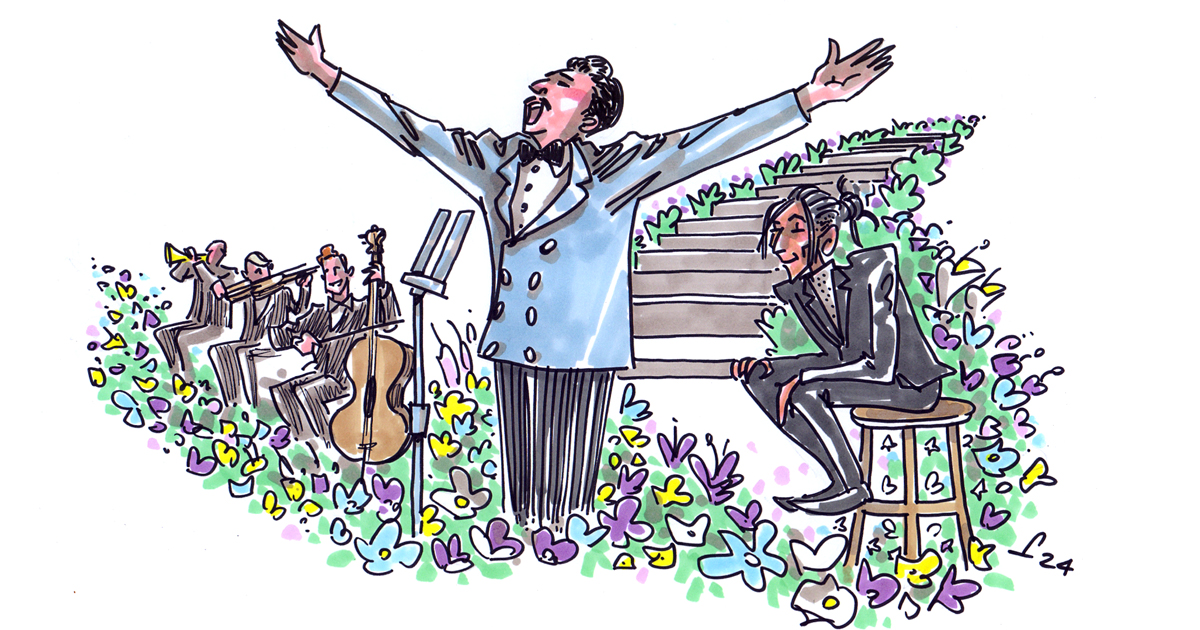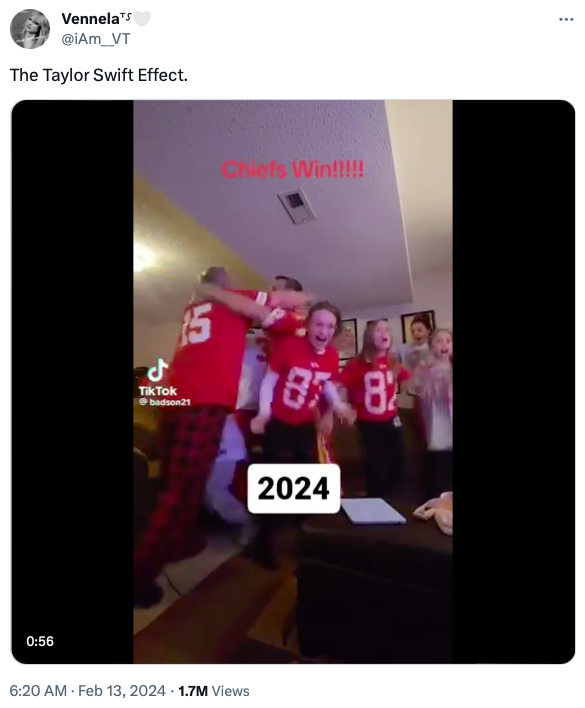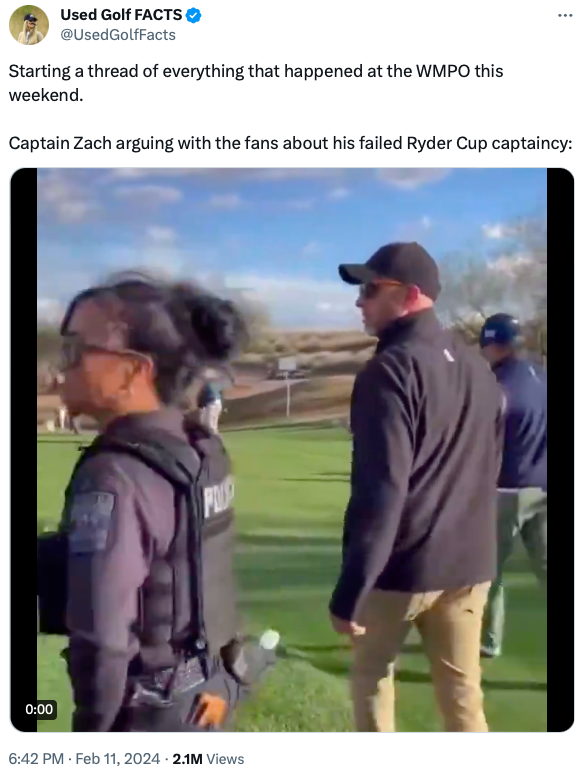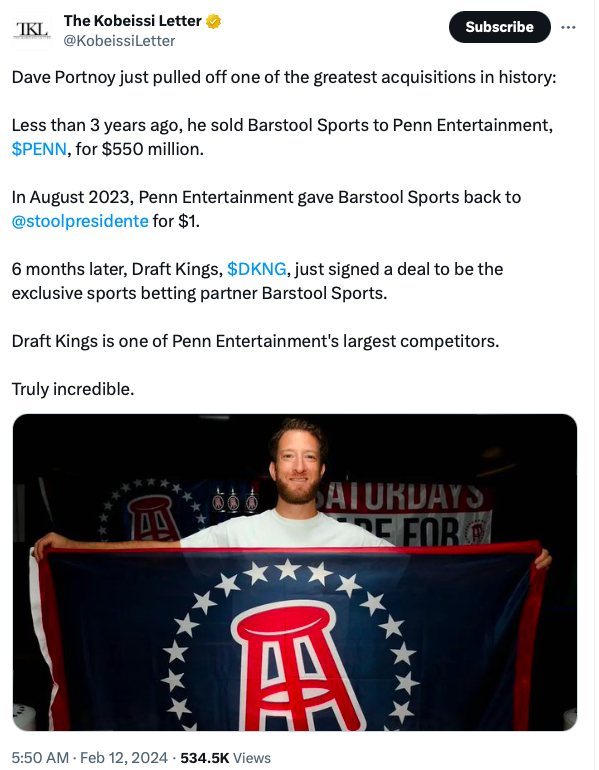Sometimes a conundrum, with which you have being struggling, presents itself in sharper focus, out of nothing.
The sportsbiz today has myriad conundra.
And out of nothing, watching Sanremo, one indeed became clearer.
Il Festival della Canzone Italiana
(Festival of The Italian Song).
Sanremo is the longest-running annual TV music competition in the world. The country stops and the media congregate to centre their attention on a little town on the Liguria coast near Monte Carlo. To laugh and interrogate themselves on where things stand in Italy. It’s almost like this country’s State of the Nation.
This is Italy, after all, where the vast majority of the world’s cultural treasures lie, and Italians will always trust art more than politicians, to tell them the truth.
When I worked in the music business in the mid 90s, I lived Sanremo from the inside, and it’s a twilight zone in every way. On the TV, the theatre seems enormous but, like Doctor Who’s tardis, it’s actually tiny. The cast of “impresario” weirdo chancers you see strolling the sea promenade is also absolutely Lewis Carroll or Tim Burton. All adding to the Alice in Wonderland mystique of this event.
One can’t really fully understand Italy without feeling what Sanremo means, and enjoying all its magnificent contradictions. Sometimes the most awful Euro trash pop wins, when a debuting future superstar comes last. Bocelli didn’t win with this. But it utterly launched his career.
Watching a reel of winners throughout its seventy years is a crash course in Italian history and cultural development, from post-war rubble to today’s changing society of diversity. “Volare” (Fly), in 1958, with Modugno’s outreached arms to the sky, is Italy finally leaving behind the guilt and devastation of the war, and entering its economic boom. Truly iconic. For the pedants and pub quizzers, yes, I know that’s not the actual title of the song.
Sanremo, at the turn of the Millenium, was sick.
Like say baseball, it increasingly was watched only as a nostalgia trip by my mother’s generation, largely abandoned by younger audiences who didn’t want to be associated with the middle-of-road cringe product on offer. The best artists didn’t go. It was no longer a good look for their credibility.
This year, instead, Sanremo broke all TV audience records and the viewership was dominated by kids, new music, son-of-immigrants artists, and rampant Gen Z rebellion. In recent years, it has uncovered and propelled fresh young stars like rock group Måneskin onto international success. Street credibility on steroids.
An ageing product, appealing to the nostalgia market of 60+, has been totally transformed into a place where the coolest, hottest kids now appear with gusto, with mass media appeal. There is even a fantasy aspect to the week, FantaSanremo.
The Festival is the best example of an entertainment product that has actually found an answer to the Gen Z problem, and these are the ebbs and flows that Giles Morgan says any good diarist will always ponder.
Why? What happened? What did they change?
For many, this may seem obvious and banal, but I’ll admit without embarrassment to a bit of a personal epiphany over all this. Today’s Column is, thus, about this question:
Rather than sport spending bucket loads of money (on marketing, tech, and content), to distract casual fans from everything else they do on their screens, wouldn’t it be better to invest in the one thing we know always fosters fan passion for a lifetime? By getting them to actually participate in a sport and feel direct connection/ownership.
Sanremo got younger generations to participate.
They didn’t try and sell them the old tradition and nostalgia, with childish gimmicks. And they didn’t even change the historic 4-day format.
They just convinced them that Sanremo has always been the home of Italian music and it was now their home, their turn to look after it. Think about that. They simply handed over the keys to the children, and made it a place where younger audiences could see people like themselves, as protagonists.
That created a “connection” of appeal. It was the equivalent, one could argue, of taking influencers into boxing. Or even Taylor Swift to a Super Bowl.
But with important differences.
Taylor Swift brings a new audience to a sport, and leaves the product’s authenticity untouched. Jake Paul boxing, instead, diminishes the product to nothing more than a novelty circus act.
At Sanremo now, Gen Z artists ARE the product.
It feels it belongs to them, and intelligently these kids have respected the Festival. They have behaved well, doffing a cap to the tradition of Modugno and Bocelli, and have agreed to perform alongside the old legends. An obvious passing of the baton.
All of this wasn’t done by osmosis. Rather by top class proactive artistic direction from RAI, by guys my age, with the courage and curiosity to risk, and to have complete faith in young blood. Don’t just treat them as new customers to be caught in a funnel.
Tell them:
It’s now your time, look after the family silver.
And for 4 days, young artists told us of their lives in 2024, their hopes and fears. What it’s like to inherit the mess of a world we’ve left them.
State of the Nation indeed.
For maybe ten years, it has been an unchallenged truism that sport needed to get to those new audiences, new generations, to widen its appeal and to lower the average age of its customer. To build a brand, to scale.
That’s our industry’s playbook, isn’t it? New bells and whistles, new presentations, in the hope of attracting a younger fandom. If screen habits are formed from infancy, and sport doesn’t grab them then, it loses a generation.
Say it with me: “Players no holding”.
What is really going to create new loyal fans for a sport? Dora, “the fucking Explorer“, or giving them a ball and letting them learn about “holding” by participating in an actual game situation?
Participating at the core. Like Sanremo.
All this money spent, with marketing, with widgets, with building a funnel to convert, is an error. Yes, you’ll get them (that’s what good marketing does); but for how long?
The CFO version of that question is:
Does chasing the casual passer-by fan, the new audience, actually pay off financially?
How long will they really stay a fan/customer if they aren’t committed? Does that “lifetime value” to you exceed the cost of capturing them, and give an ROI? Could that money have been spent by sport better to generate true long-term fans?
These are CFO questions, admittedly, but we now live in the age of the “Master of Coin”. The skinny-jeaned digital advisor, telling you to get a strategy for the new Apple goggles is still important. Streaming platforms of “doing not viewing” are still important. However, what I’d argue has changed is that money is no longer cheap and infinite, and sport is now going to have to show the finance people where its capital is getting the best ROI.
I suspect this exercise will revolve around the definition and calculation of “lifetime fan” and their value.
This exact line, about not chasing transient fans who will leave you for a newer shinier piece of content, has been the schtick of Grant Williams for 5 years. He didn’t put it in the “lifetime value (LTV) greater than cost of acquisition (CoCA)” formula, but this is entirely his IP.
The reply of the industry, and me, has always been:
Sport fandom is now 60 years old and ageing at a clip. We need to do something or we will all die out.
Yes, we do need to do something.
For twenty years we have lived in a world of scale, and total addressable market (TAM) expansion. That was the Silicon Valley playbook. Some may not have noticed, but that world ended about two years ago, as the cost of capital rose.
We now all need to think differently. Maybe the “something” we need to do isn’t about changing the core of the product. and its authenticity, to net some fresh fish.
Maybe it’s in getting kids off their screen and onto a field of play. To actually participate.
Why bother marketing our butt off trying to convert a TikTok or GTA addict to come and have a look at rugby? You may get them for a second with your docu-series, but they’re not really passionate about you. They are the one-night-stand fans. The what-have-you-done-for-me-lately fans. They will flip and dump you, as soon as you don’t give them a content sugar rush every 5 seconds.
They are not the marrying kind, and they will not be with you “till death do us part”. Their CFO lifetime value will be short and low.
In money terms, they are simply an unwise investment and they will ruin your wallet, and soul.
Golf knows this well now. Rugby and Ascot racing also. These sports are attracting people who care nought for their tradition, and who just want the piss-up du jour. The horror consequences of all that were obvious at Phoenix last week, and are a warning to us all.
Golf’s attraction and value is about old standards of good behaviour and deep tradition. Not the debauchery we witnessed, actively encouraged at party holes, in the name of growing an audience, and scale.
Golf is now at a total crossroads, and the below article is devastating.
Many golf fans, including our Mr Williams, saw Phoenix coming long ago, holding the view that sport’s, and especially golf’s, value lay in serving a tight niche audience of depth. And woe betide anyone who thought they could grow it much beyond that.
Grant walked that talk, also because his own business had held the same lessons. Real Vision, an elite SVOD financial media start-up he co-founded, had built the most loyal (and wealthy) audience of subscribers. Grant’s other founders felt that they wanted to “scale”, especially to pick up the newer types like the David Portnoy (of Barstool) daytraders, and the crypto bros. Grant, honourably, resigned in total disagreement. He will not be enjoying this part of today’s Column so, suffice to say, that history has been very very kind to him, and the very top end of the finance community, that matters, respects him unconditionally. For two reasons:
His commitment to quality, and a tight definition of product-market fit.
All audiences are of value, the trick is finding the fit.
We, at Virgin, took the Spice Girls to Sanremo and made a lot of money from their type of fan. At the same time, we also broke The Verve in Italy with a totally different audience. Segmented marketing and knowing they don’t mix. Act accordingly.
The Barstool Bro is an audience of real value, no doubt, but it’s just not golf’s.
It’s a good match for other things, like betting.
This, certainly, comes under the definition of ebb and flow. Penn must feel like the village idiot. And vice versa, for Dave.
So ultimately, today’s Column, my Road to Damascus, is a simple statement we’ve heard before, but now coming into better focus for me, post Sanremo.
If we think like the Yankees in here, we’ll lose to the Yankees out there.
For me, that translates as:
If we hope to capture Gen Z’s share of screen by trying to mimic TikTok or GTA, we will always lose.
And the equivalent of the Billy Beane suggestion is:
Sport’s future is actually in being the anti-screen, where direct participation on a field of play, without a telephone, is our true USP and future. Get new kids to take ownership of sport, on both the pitch and the board room. Start to hand over the keys to fresh blood, and let’s see new faces at the governing bodies and leagues. Like Sanremo, they’ll respect it, even ask our advice, and do rather well.
Trust in Their Quality
In today’s world of rubbish politicians, rubbish products, rubbish customer service, rubbish sports’ administrators, maybe the answer isn’t in marketing, scale and the funnel.
Perhaps we should just follow quality and authenticity.
Sanremo tells us everything.
It is a lesson in accepting the peaks and troughs of life and success. Sentiment and popularity naturally comes and goes, and cant really be forced.
Form (and passer-by audience) is transient. Class, tradition and passion are forever.
The current top artist in Italy is a girl-next-door singer, called Annalisa, who for years has had a “meh” career, out of kilter for her amazing talent. She has seen others, not fit to lace her boots as an artist, do better.
Here she is on a morning radio show years ago, asked to improvise “Chandelier” by SIA.
This is a “real-deal” artist and, finally, last year was her breakout moment.
At 38 years old, last week, she participated at Sanremo as the Queen, clear to all.
She didn’t win. 😉
Quality will always out. Equally, “naff” never lasts.
Sports should stop fighting the battle for the screen time and attention of the casual fan. Go after them, yes, but by getting them actually to play your sport on a field. Make them participants and protagonists.
Lifetime fandom and sense of belonging comes only from participation, ownership and connection. The DAO folks are onto something.
No GenZ is ever really going to embrace our industry when it sees its leaders. They might, when they are replaced by younger, more diverse faces. That’s not a DEI hard-on, that’s just how culture works. People find connection with what looks like them. Spice Girls, Ashcroft, Springsteen, Swift.
Sport will never win Gen Z and women audiences whilst it still looks like Gianni Infantino. When you reflect on that, it’s just so obviously true.
Ending on a positive.
Why do so many in our industry publicly state their affection for the PTO?
Whilst I may love Sam Renouf, that’s not enough for a perma-bear like me to think that his organisation is an excellent investment. The answer, personally, is because it’s built on participation, led by a young ex-triathlete who connects fully. It’s still very attractive elite content, but its base is bottom-up. So a rich audience pays (well) to be part of a sport and community it absolutely recognises. And cities pay (well) to host those audiences. Sponsors want to talk to those rich fans. The PTO is not a sports body that relies on media rights, like most of the others. The bet, for a cornerstone investor like Sir Michael Moritz, is on the lifetime value of a very rich and loyal participating audience.
PS. Surely we don’t want to stay an industry utterly dependent on the media sector? We need to de-risk our model and wean ourselves off an over-reliance on a broadcaster bid. Because that’s going down.
Popular culture, like sport, works as a business when it has mass connection.
I’m bullish on participation sports like triathlon, cycling, darts, snooker, combat, football, golf, padel, pickleball, basketball. The pastimes of mass cultural connection. Especially if they have young leaders.
Conversely, I’m afraid for a sport like rugby, or tennis, where it’s hard to get involved if you don’t go to a public school. Participation numbers and cultural appeal/connection is too limited.
Sanremo is now over. What are the lyrics we should remember?
Gen Z can indeed be won-over, but not like we think. We need to bring them fully into the centre of our sports, and trust them. They will listen to the grey haired folks, if we ask them the right way.
Be “long” investment in kids’ participation / Be “short” Dora the Explorer.
It’s their time, a new time. Our role is to help the kids fly.
Volare!

To order the Limited Edition of Roger Mitchell’s book “Sport’s Perfect Storm“, click here and fill the form.
Listen to our “Are you not entertained?” sports management podcast here.
To find out what we do in change management, have a look here.
For our C-suite management services, read here.
Here you can know more about our content development work.
Discover our Corporate Learning service.
Get to know more our “Sport Summit Como” yearly sports management event here.
If you are interested in our own story, check us out here.







